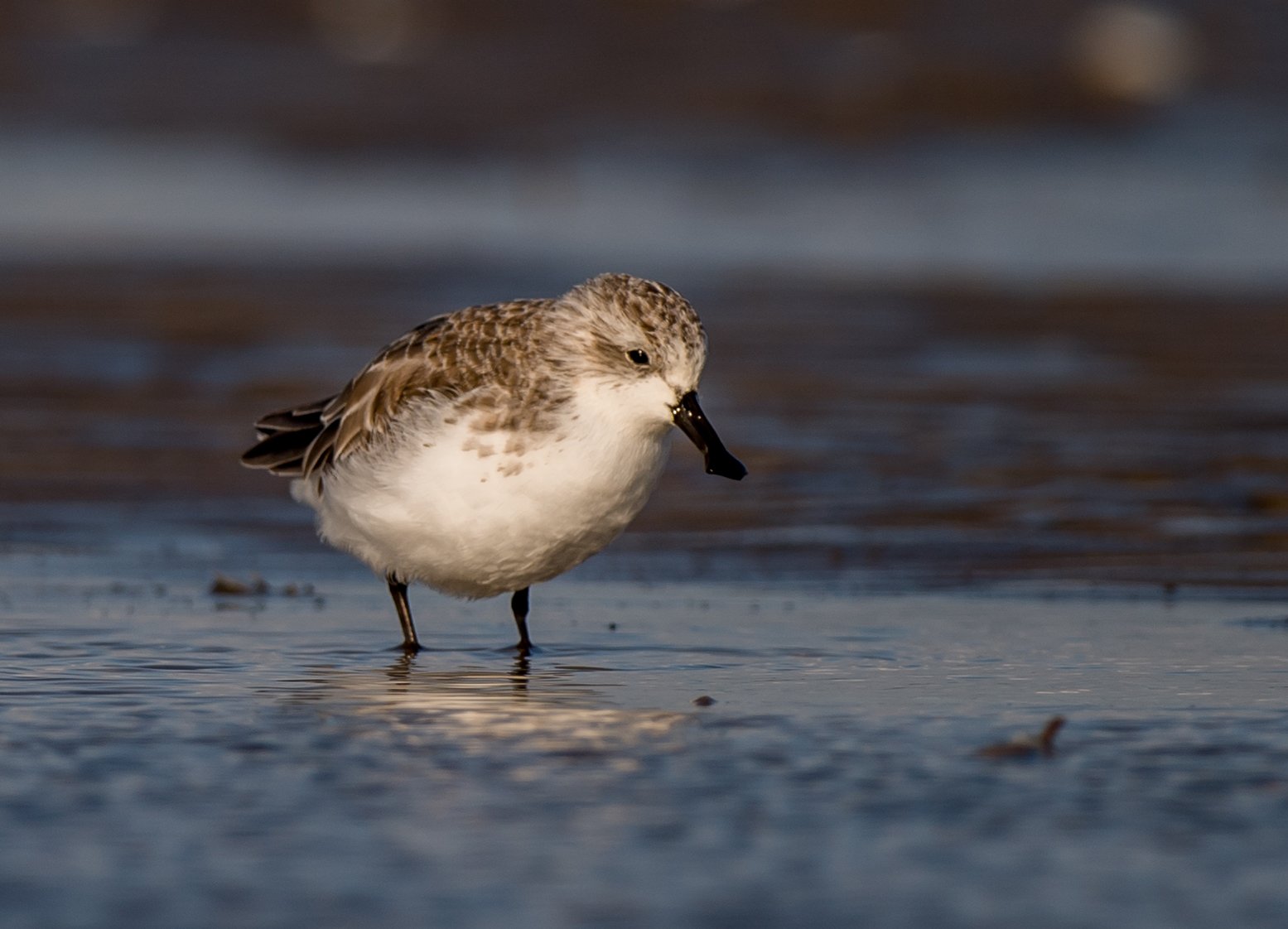
Spoon-billed Sandpiper at Tiaozini, Jiangsu, China
The Spoon-billed Sandpiper is probably the most iconic bird species in China – to the point that some bird guides I know are quite tired of looking for it. And yet, I have now birded China for almost 5 years without ever really trying to see one. That changed one weekend in September when I finally decided to spend a weekend at Tiaozini, mudflats on the Yellow Sea that are well-known for having the Spoon-billed Sandpiper at certain times of the year. This is about a three-hour drive North of Shanghai, where I live.
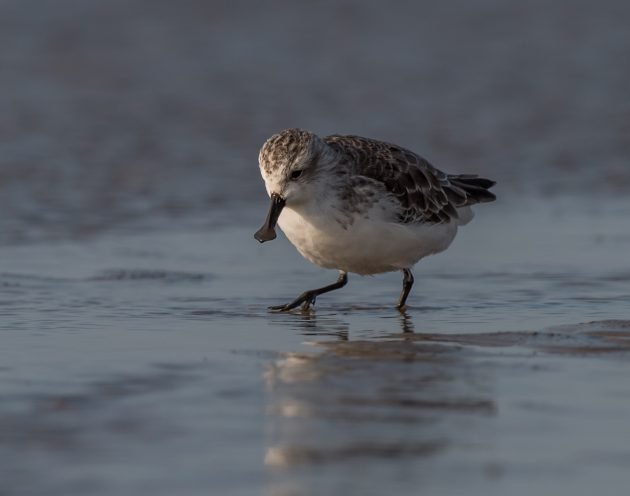
In 2016, the global spoon-billed sandpiper population was estimated at 240–456 mature individuals – a critically endangered species. It is the focus of substantial conservation efforts such as “Saving-spoon-billed-sandpiper” and the “Spoon-billed Sandpiper Task Force”. Why? Well, this is a small sandpiper that does not look very special – until you see its bill. It looks like a spatula. And indeed, this is the main (and very cute) ID feature. It is also reflected in the bird`s feeding technique – a “side-to-side movement of the bill as the bird walks forward with its head down” (Wikipedia).
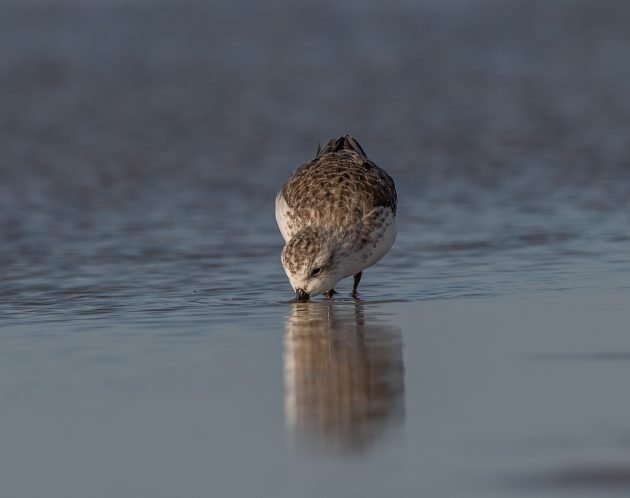
That does not sound like much but looks rather endearing. So, while other birds may also be similarly endangered, this one has an advantage – a clear USP (unique selling proposition), as we management consultants say …
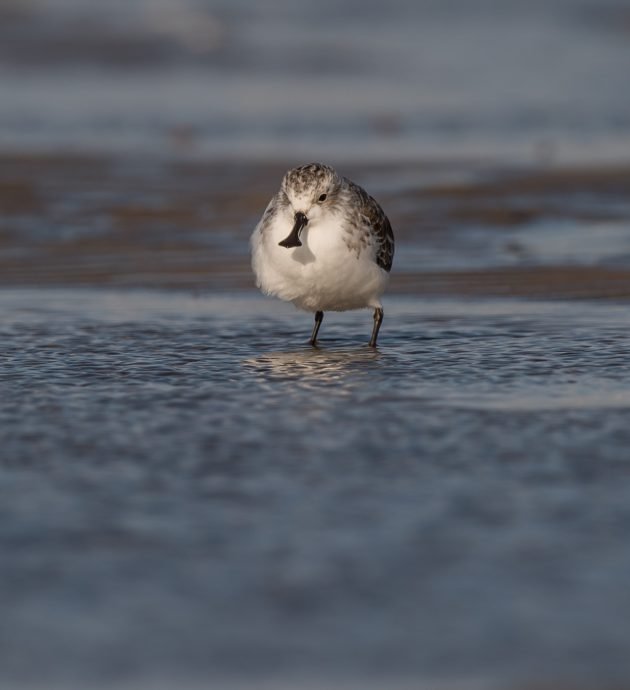
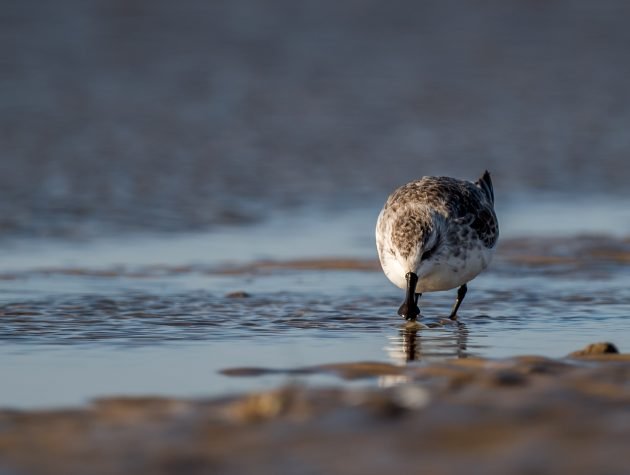
If you are lucky, you can get a photo that even shows the shadow of the bill. Almost looking like a very fashionable (though rather understated) tie.
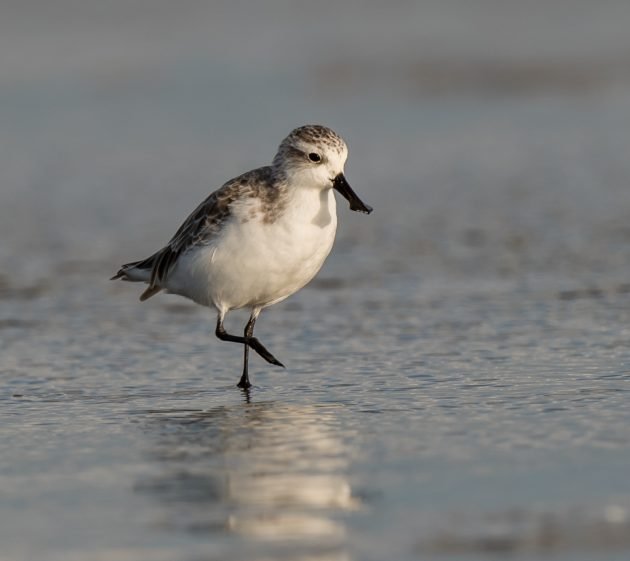
It is not easy to pick the bird among thousands and thousands of shorebirds at Tiaozini. Fortunately, there are some other interesting birds there, some of which are endangered as well. For example, the Asian Dowitcher …
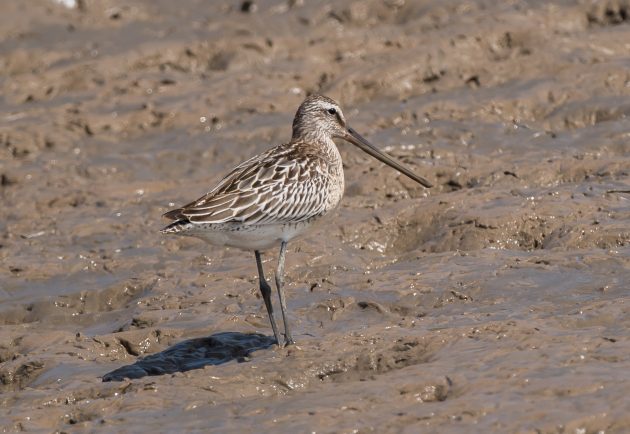
… Or Nordman`s Greenshank.
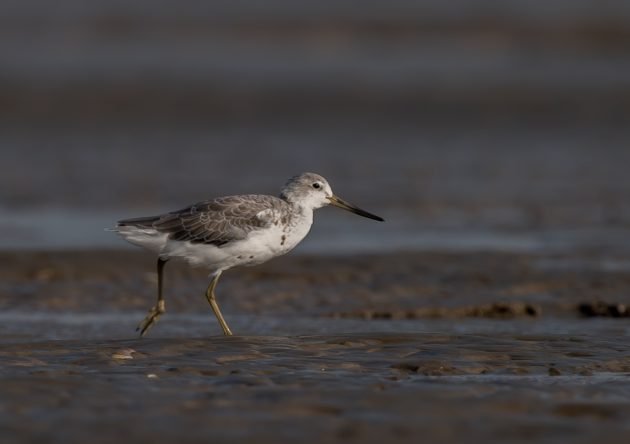
The Eurasian Oystercatcher is another attractive bird to watch when there is no Spoon-billed Sandpiper available.
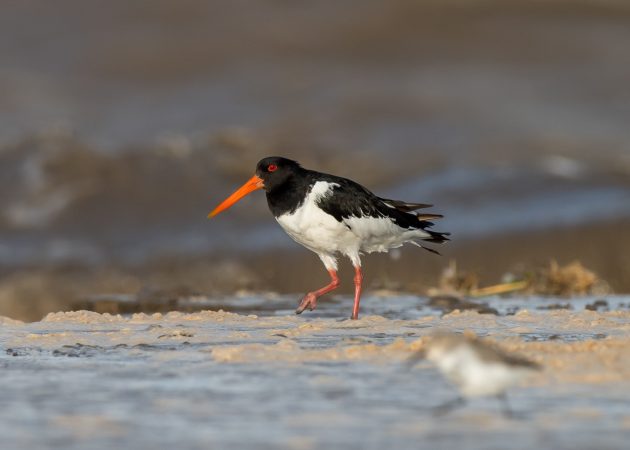
I also got a nice sequence of photos of a Eurasian Curlew taking off. I guess a bird taking off also makes for a good ending of a blog post.
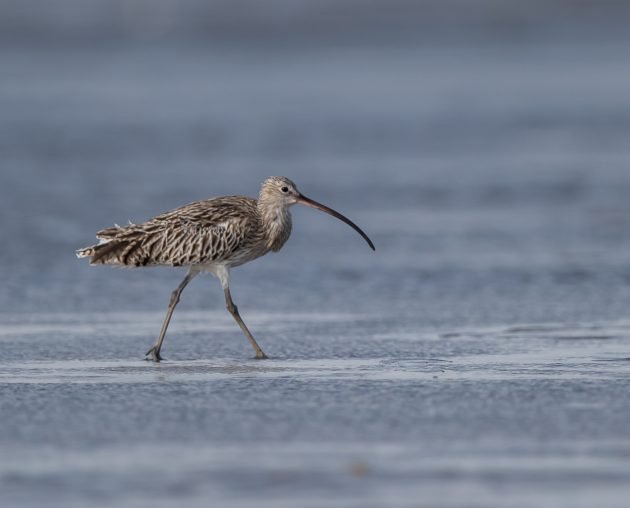
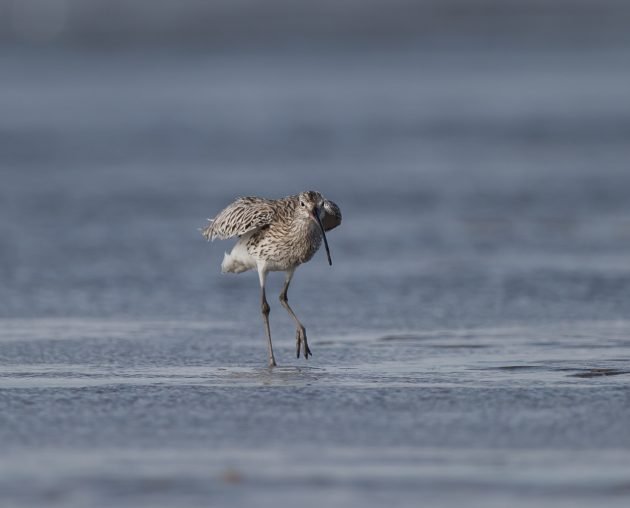
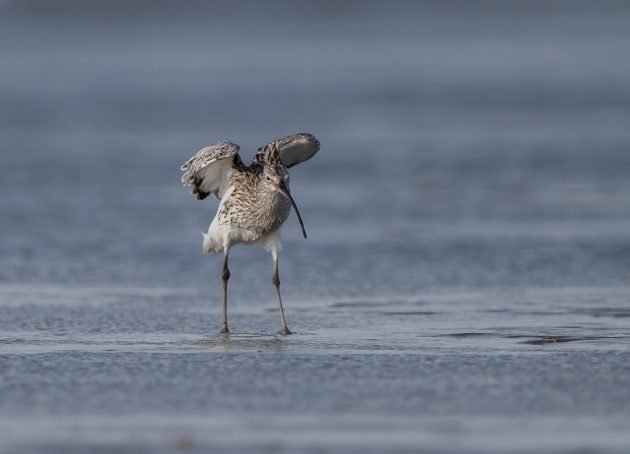
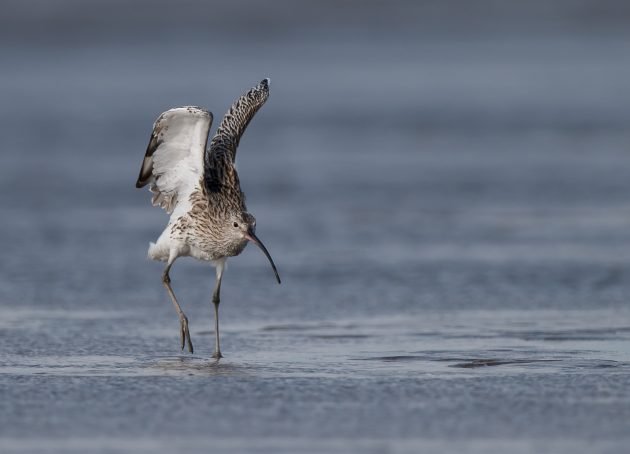
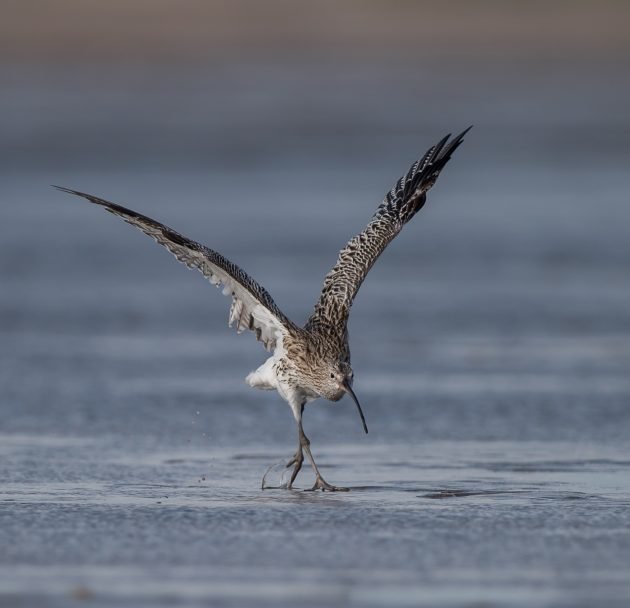
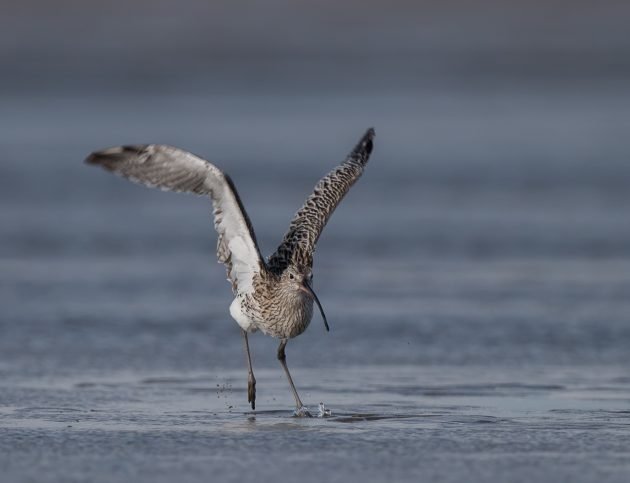
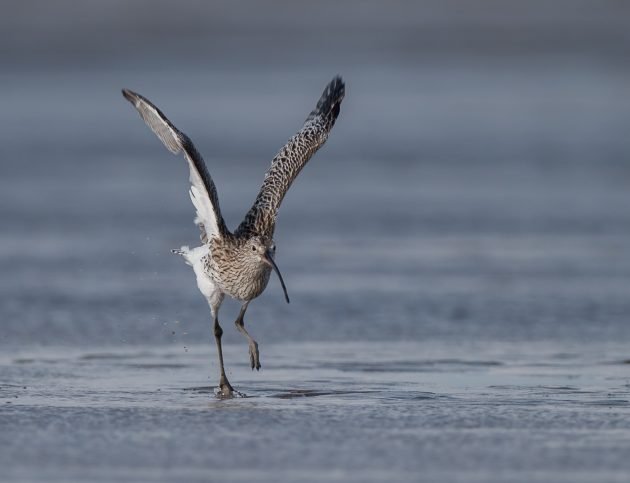
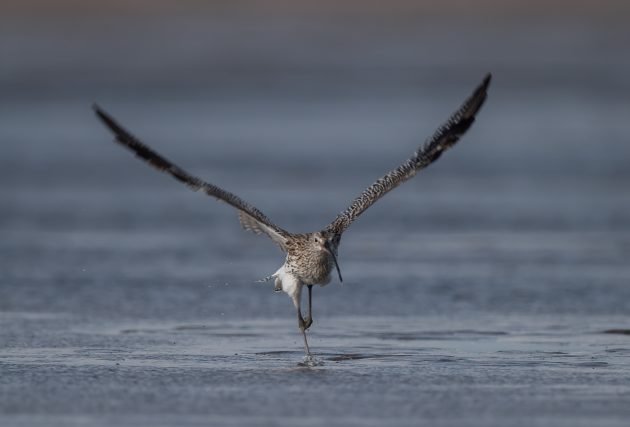









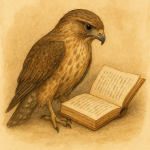
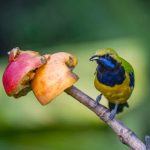
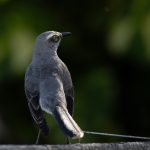

Fantastic pictures!
Too much *faints*
While I generally prefer forest birds, your pictures definitely make me want to see more shorebirds!